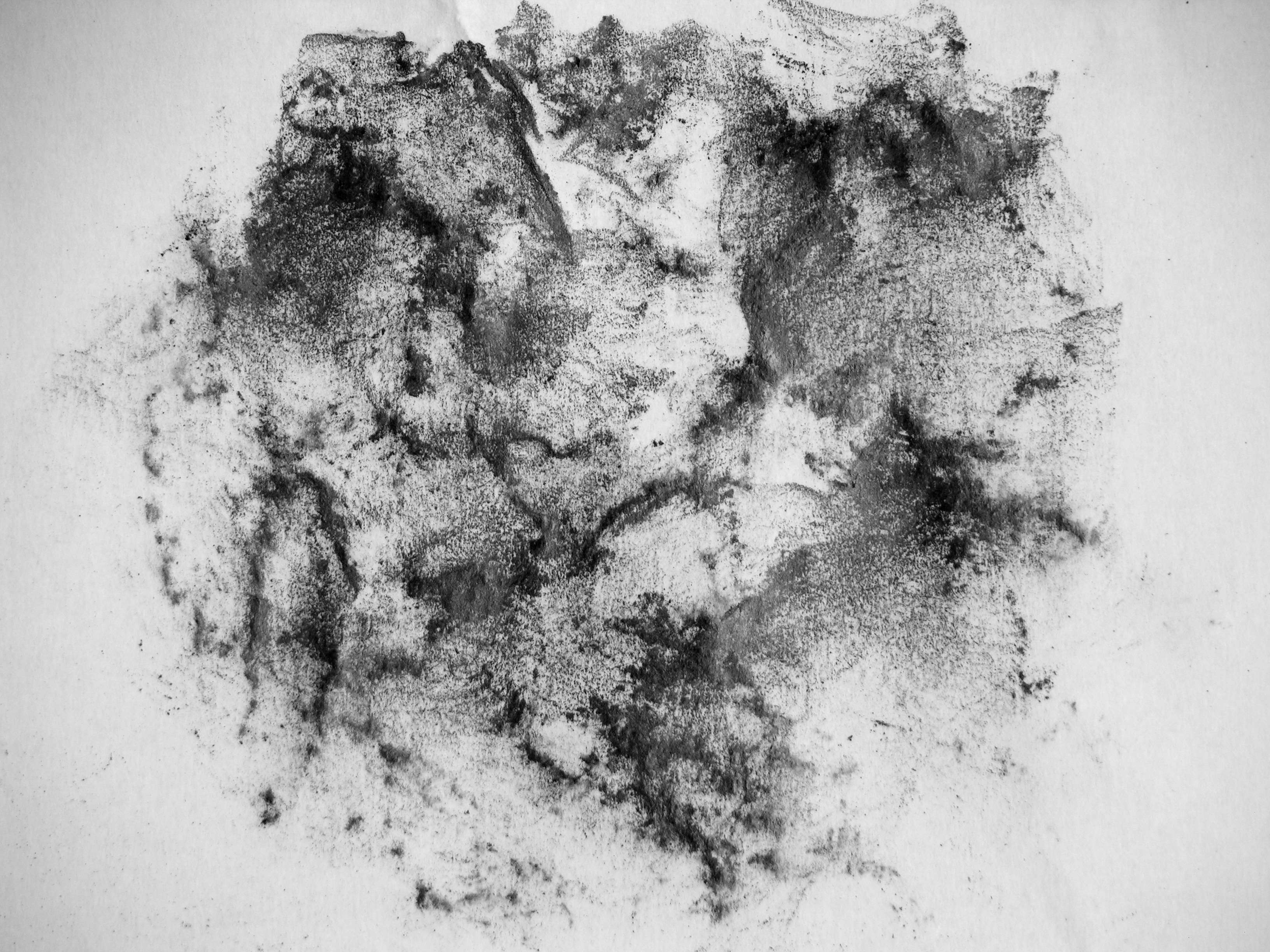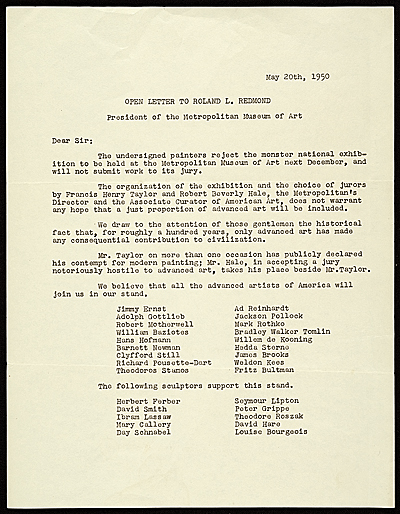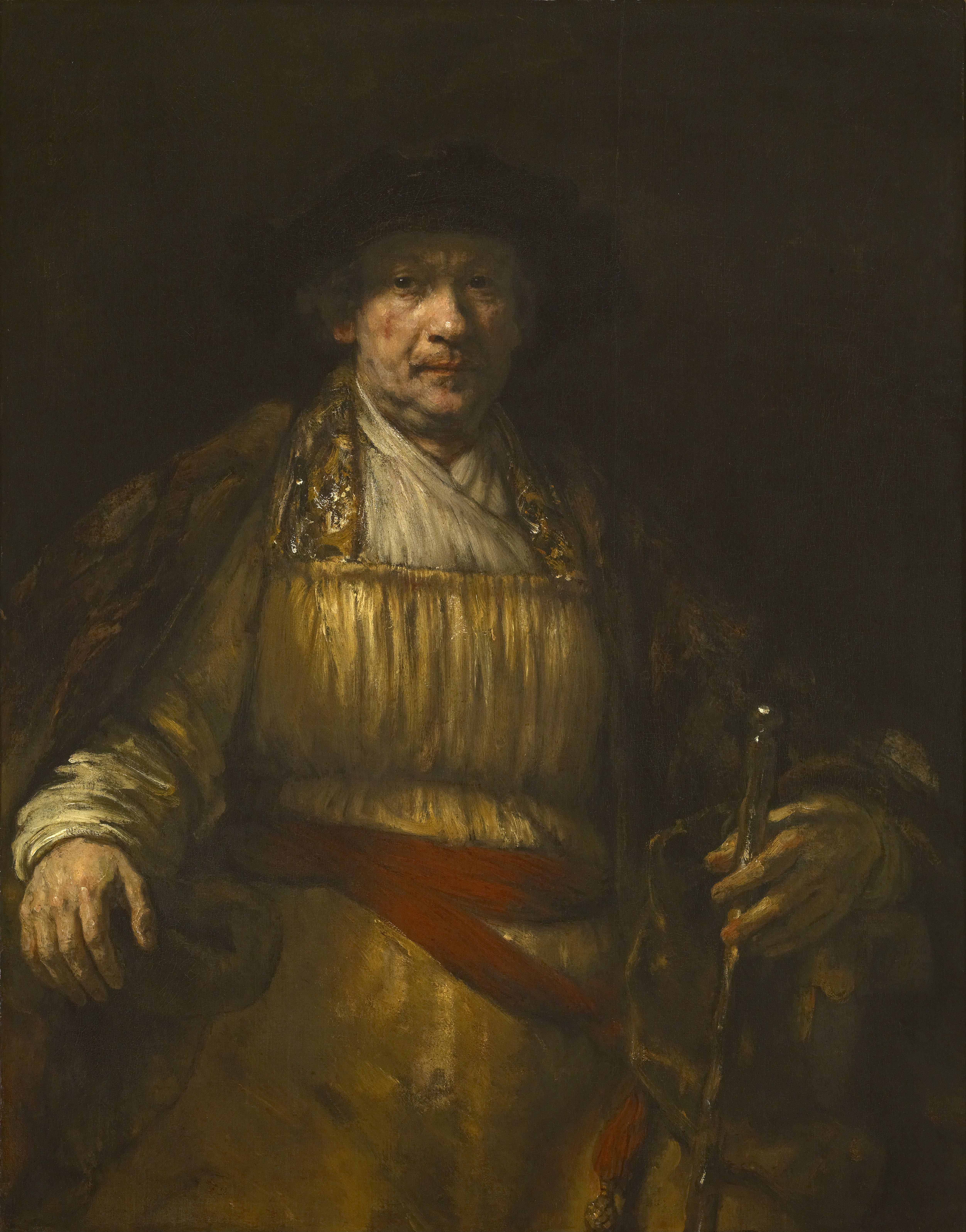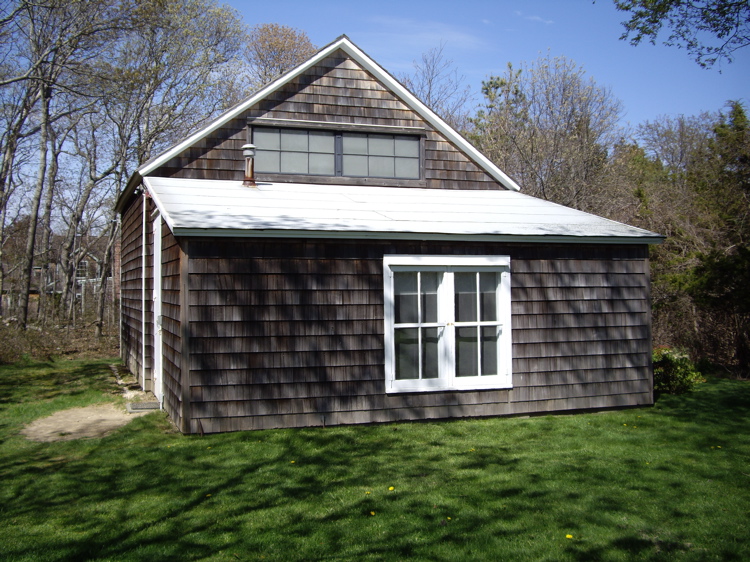|
Impasto
''Impasto'' is a technique used in painting, where paint is laid on an area of the surface thickly, usually thick enough that the brush or painting-knife strokes are visible. Paint can also be mixed right on the canvas. When dry, impasto provides texture; the paint appears to be coming ''out'' of the canvas. Origins The word ''impasto'' is Italian in origin; in which it means "dough" or "mixture"; related to the verb , "to knead", or "to paste". Italian usage of includes both a painting and a potting technique. According to Webster's ''New World College Dictionary'', the root noun of is , whose primary meaning in Italian is "paste". Mediums Oil paint is the traditional medium for impasto painting, due to its thick consistency and slow drying time. Acrylic paint can also be used for impasto by adding heavy body acrylic gels. Impasto is generally not used in watercolor or tempera without the addition of thickening agent due to the inherent thinness of these media. An artist ... [...More Info...] [...Related Items...] OR: [Wikipedia] [Google] [Baidu] |
Impasto (pottery)
Impasto is a type of coarse Etruscan pottery. The defining characteristic is that the clay contains chips of mica Micas ( ) are a group of silicate minerals whose outstanding physical characteristic is that individual mica crystals can easily be split into extremely thin elastic plates. This characteristic is described as perfect basal cleavage. Mica is ... or stone.Nigel Spivey, ''Etruscan Art'', page 35 In G.A. Mansuelli's, ''The Art of Etruria and Early Rome'' (1964), the term "impasto pottery" is described in the following way: "Ceramic technique characteristic of hand-worked vases. By 'impasto pottery' is generally meant that of pre-historic times, of the Iron Age or later, made of impure clay with silica content." (p. 236) See also * Bucchero References Archaeological artefact types Etruscan ceramics {{Etruria-stub ... [...More Info...] [...Related Items...] OR: [Wikipedia] [Google] [Baidu] |
Pastels
A pastel () is an art medium in a variety of forms including a stick, a square a pebble or a pan of color; though other forms are possible; they consist of powdered pigment and a binder. The pigments used in pastels are similar to those used to produce some other colored visual arts media, such as oil paints; the binder is of a neutral hue and low saturation. The color effect of pastels is closer to the natural dry pigments than that of any other process. Pastels have been used by artists since the Renaissance, and gained considerable popularity in the 18th century, when a number of notable artists made pastel their primary medium. An artwork made using pastels is called a pastel (or a pastel drawing or pastel painting). ''Pastel'' used as a verb means to produce an artwork with pastels; as an adjective it means pale in color. Pastel media Pastel sticks or crayons consist of powdered pigment combined with a binder. The exact composition and characteristics of an individual ... [...More Info...] [...Related Items...] OR: [Wikipedia] [Google] [Baidu] |
Willem De Kooning
Willem de Kooning (; ; April 24, 1904 – March 19, 1997) was a Dutch-American abstract expressionist artist. He was born in Rotterdam and moved to the United States in 1926, becoming an American citizen in 1962. In 1943, he married painter Elaine Fried. In the years after World War II, de Kooning painted in a style that came to be referred to as abstract expressionism or "action painting", and was part of a group of artists that came to be known as the New York School. Other painters in this group included Jackson Pollock, Elaine de Kooning, Lee Krasner, Franz Kline, Arshile Gorky, Mark Rothko, Hans Hofmann, Nell Blaine, Adolph Gottlieb, Anne Ryan, Robert Motherwell, Philip Guston, Clyfford Still, and Richard Pousette-Dart. De Kooning's retrospective held at MoMA in 2011–2012 made him one of the best-known artists of the 20th century. Biography Willem de Kooning was born in Rotterdam, the Netherlands, on April 24, 1904. His parents, Leendert de Kooning and Cornelia N ... [...More Info...] [...Related Items...] OR: [Wikipedia] [Google] [Baidu] |
Roses - Vincent Van Gogh
A rose is either a woody perennial flowering plant of the genus ''Rosa'' (), in the family Rosaceae (), or the flower it bears. There are over three hundred species and tens of thousands of cultivars. They form a group of plants that can be erect shrubs, climbing, or trailing, with stems that are often armed with sharp prickles. Their flowers vary in size and shape and are usually large and showy, in colours ranging from white through yellows and reds. Most species are native to Asia, with smaller numbers native to Europe, North America, and northwestern Africa. Species, cultivars and hybrids are all widely grown for their beauty and often are fragrant. Roses have acquired cultural significance in many societies. Rose plants range in size from compact, miniature roses, to climbers that can reach seven meters in height. Different species hybridize easily, and this has been used in the development of the wide range of garden roses. Etymology The name ''rose'' comes from Lati ... [...More Info...] [...Related Items...] OR: [Wikipedia] [Google] [Baidu] |
Hans Hofmann
Hans Hofmann (March 21, 1880 – February 17, 1966) was a German-born American painter, renowned as both an artist and teacher. His career spanned two generations and two continents, and is considered to have both preceded and influenced Abstract Expressionism.de la Croix, Horst and Richard G. Tansey. ''Gardner's Art Through the Ages'', 7th Ed., New York: Harcourt Brace Jovanovich, 1980, p. 857-8. Born and educated near Munich, he was active in the early twentieth-century European avant-garde and brought a deep understanding and synthesis of Symbolism, Neo-impressionism, Fauvism, and Cubism when he emigrated to the United States in 1932.Chipp, Herschel B. ''Theories of Modern Art'', Berkeley & Los Angeles: University of California Press, 1968, p. 511–2. Hofmann's painting is characterized by its rigorous concern with pictorial structure and unity, spatial illusionism, and use of bold color for expressive means.Seitz, William C. ''Hans Hofmann'', New York: Museum of Modern Art, 1 ... [...More Info...] [...Related Items...] OR: [Wikipedia] [Google] [Baidu] |
Self-Portrait (Rembrandt, Altman)
''Self-Portrait'' is a 1660 oil on canvas painting by the Dutch artist Rembrandt, one of over 40 self-portraits by Rembrandt. Painted when the artist was fifty-four, it has been noted as a work in which may be seen "the wrinkled brow and the worried expression the troubled condition of his mind". Part of the Benjamin Altman Collection, it has been in the Metropolitan Museum of Art since 1913. Description The Altman portrait is dated 1660, when he was fifty-four years old. This was a year of anxiety for him. He had just been declared bankrupt. He saw his collection of art treasures disposed of at auction and himself deserted by his pupils and his friends, with no studio of his own in which to set up his easel. In this portrait we have a work of mature years, when he brought all the skill and resources of a lifetime to its creation. The lift of the eyebrows that wrinkle his forehead is that of whimsical impatience, yet the spark in his eyes denies defeat. The mouth is drawn and the ... [...More Info...] [...Related Items...] OR: [Wikipedia] [Google] [Baidu] |
Starry Night
''The Starry Night'' ( nl, De sterrennacht) is an oil-on-canvas painting by the Dutch Post-Impressionist painter Vincent van Gogh. Painted in June 1889, it depicts the view from the east-facing window of his asylum room at Saint-Rémy-de-Provence, just before sunrise, with the addition of an imaginary village. It has been in the permanent collection of the Museum of Modern Art in New York City since 1941, acquired through the Lillie P. Bliss Bequest. Widely regarded as Van Gogh's magnum opus, ''The Starry Night'' is one of the most recognizable paintings in Western art. The asylum In the aftermath of the 23 December 1888 breakdown that resulted in the self-mutilation of his left ear, Van Gogh voluntarily admitted himself to the Saint-Paul-de-Mausole lunatic asylum on 8 May 1889. Housed in a former monastery, Saint-Paul-de-Mausole catered to the wealthy and was less than half full when Van Gogh arrived, allowing him to occupy not only a second-story bedroom but also a ground-flo ... [...More Info...] [...Related Items...] OR: [Wikipedia] [Google] [Baidu] |
Cordelia Wilson
Cordelia Creigh Wilson (28 November 1873, Georgetown, Colorado – 7 June 1953, Seattle, Washington) was a painter noted for her landscapes of New Mexico and the American Southwest. Biography Cordelia "Cordie" Creigh was born in Clear Creek County, Colorado. She was the only child of Thomas Creigh and Emma (Webb) Creigh. Her parents divorced when she was four years old, and she was raised by her mother with her step-siblings in Winfield, Kansas and Colorado. She married Willard J. Wilkinson in Boulder, Colorado, in 1897 and gave birth to her only child, Louise, in Hayden the next year. However, after a period of separation, the couple divorced in 1910. Cordelia met John Henry Wilson and they married in Victoria, British Columbia in 1911, returning to Colorado soon thereafter. Cordelia then began to seriously develop her skills as an artist motivated by latest trends in American realism led by Robert Henri. Her academic training emphasized development of an alla prima techniq ... [...More Info...] [...Related Items...] OR: [Wikipedia] [Google] [Baidu] |
Action Painting
Action painting, sometimes called "gestural abstraction", is a style of painting in which paint is spontaneously dribbled, splashed or smeared onto the canvas, rather than being carefully applied. The resulting work often emphasizes the physical act of painting itself as an essential aspect of the finished work or concern of its artist. Background The style was widespread from the 1940s until the early 1960s, and is closely associated with abstract expressionism (some critics have used the terms "action painting" and "abstract expressionism" interchangeably). A comparison is often drawn between the American action painting and the French tachisme. The New York School of American Abstract Expressionism (1940s-50s) is also seen as closely linked to the movement. The term was coined by the American critic Harold Rosenberg in 1952, in his essay "The American Action Painters", and signaled a major shift in the aesthetic perspective of New York School painters and critics. Accordi ... [...More Info...] [...Related Items...] OR: [Wikipedia] [Google] [Baidu] |
Abstract Expressionist
Abstract expressionism is a post–World War II art movement in American painting, developed in New York City in the 1940s. It was the first specifically American movement to achieve international influence and put New York at the center of the Western art world, a role formerly filled by Paris. Although the term "abstract expressionism" was first applied to American art in 1946 by the art critic Robert Coates, it had been first used in Germany in 1919 in the magazine ''Der Sturm'', regarding German Expressionism. In the United States, Alfred Barr was the first to use this term in 1929 in relation to works by Wassily Kandinsky. Style Technically, an important predecessor is surrealism, with its emphasis on spontaneous, automatic, or subconscious creation. Jackson Pollock's dripping paint onto a canvas laid on the floor is a technique that has its roots in the work of André Masson, Max Ernst, and David Alfaro Siqueiros. The newer research tends to put the exile-surreali ... [...More Info...] [...Related Items...] OR: [Wikipedia] [Google] [Baidu] |
Jane Frank
Jane Schenthal Frank (born Jane Babette Schenthal) (July 25, 1918 – May 31, 1986) was an American multidisciplinary artist, known as a painter, sculptor, mixed media artist, illustrator, and textile artist. Her landscape-like, mixed-media abstract paintings are included in public collections, including those of the Corcoran Gallery of Art, the Baltimore Museum of Art, and the Smithsonian American Art Museum. She studied with artists, Hans Hofmann and Norman Carlberg. Work Jane Frank was a pupil of the painter, Hans Hofmann. She can be categorized stylistically as an abstract expressionist, but one who draws primary inspiration from the natural world, particularly landscape — landscape "as metaphor", she once explained. Her later painting refers more explicitly to aerial landscapes, while her sculpture tends toward minimalism. Chronologically and stylistically, Jane Frank's work straddles both the modern and the contemporary (even postmodern) periods. She referred to her wo ... [...More Info...] [...Related Items...] OR: [Wikipedia] [Google] [Baidu] |
Jackson Pollock
Paul Jackson Pollock (; January 28, 1912August 11, 1956) was an American painter and a major figure in the abstract expressionist movement. He was widely noticed for his " drip technique" of pouring or splashing liquid household paint onto a horizontal surface, enabling him to view and paint his canvases from all angles. It was called all-over painting and action painting, since he covered the entire canvas and used the force of his whole body to paint, often in a frenetic dancing style. This extreme form of abstraction divided the critics: some praised the immediacy of the creation, while others derided the random effects. In 2016, Pollock's painting titled ''Number 17A'' was reported to have fetched US$200 million in a private purchase. A reclusive and volatile personality, Pollock struggled with alcoholism for most of his life. In 1945, he married the artist Lee Krasner, who became an important influence on his career and on his legacy. Pollock died at the age of 44 in an ... [...More Info...] [...Related Items...] OR: [Wikipedia] [Google] [Baidu] |

.jpg)



